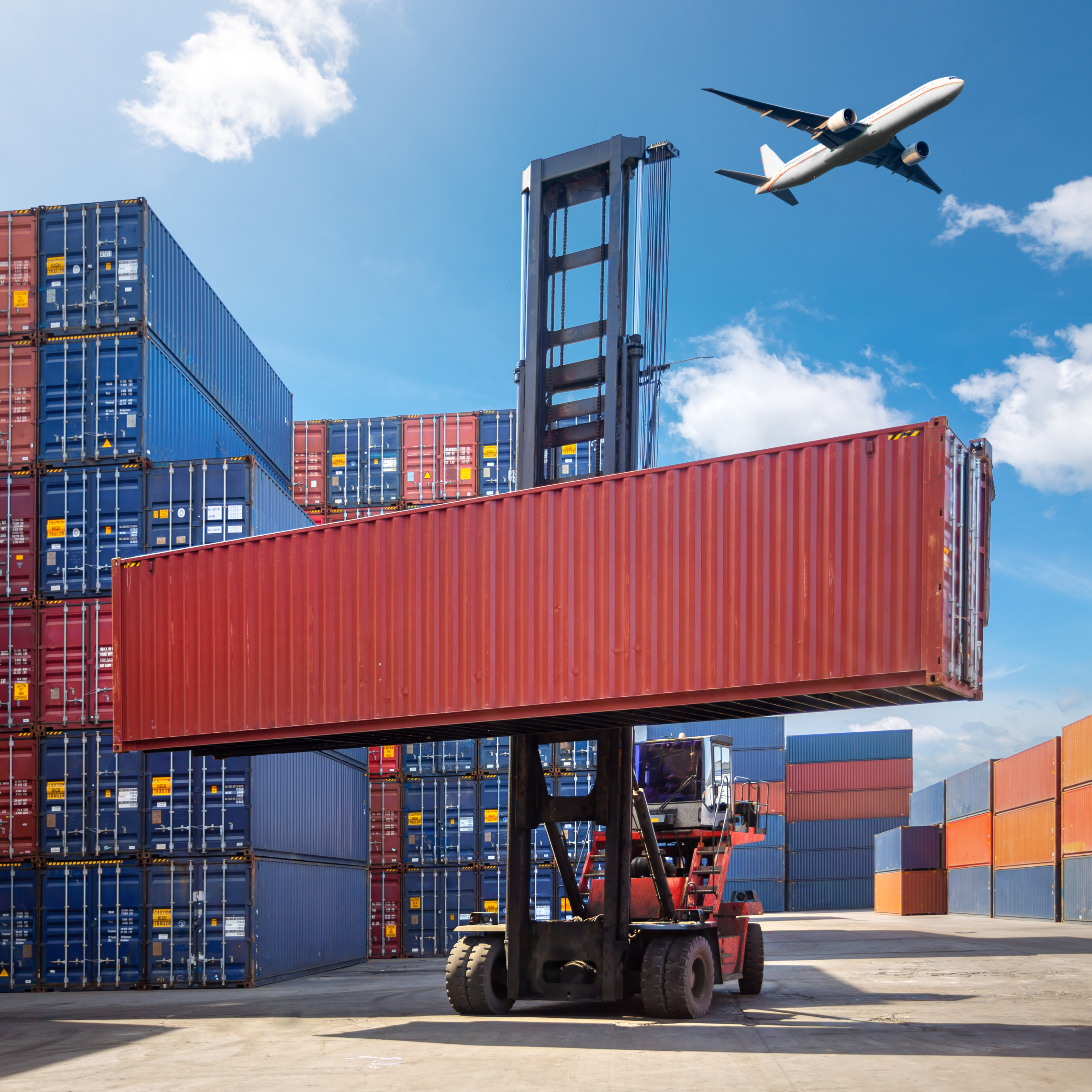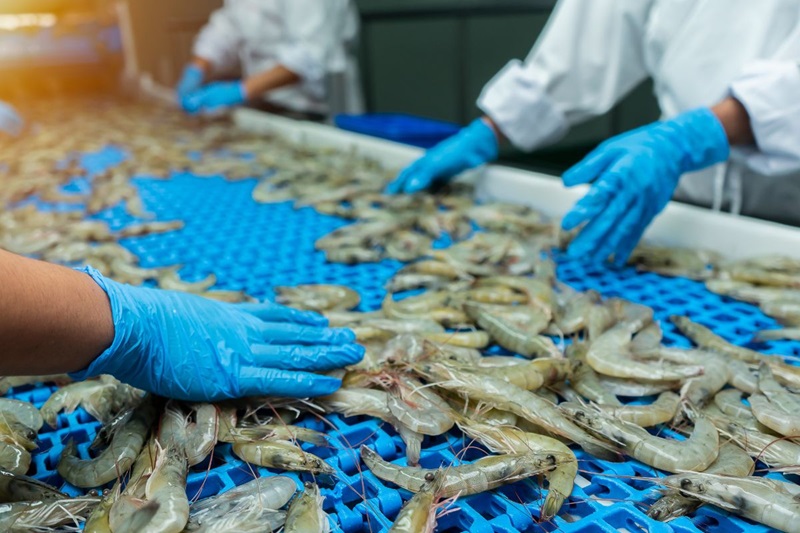Cambodia is the largest rubber supplier to Vietnam, followed by China and South Korea.
Rubber, considered “white gold”, was once a key crop for export. However, prices have dropped sharply over the years, causing the growing area to shrink and farmers switching to other crops. As a result, Vietnam has had to increase imports of this material in the last two years.
In the first 10 months of the year, Vietnam imported more than 1.4 million tons of rubber, worth more than 2.2 billion USD. This number increased by 8.9% in volume and 30.1% in value compared to the same period last year, according to preliminary statistics of the General Department of Customs. This reflects a change in the balance of supply and demand when domestic supply decreased significantly.
Cambodia is the largest rubber supplier to Vietnam with more than 649,000 tons, worth 802 million USD. Although import volume decreased by 7%, value increased by 22%, reaching an average of 1,235 USD per ton, up 31% over the previous year. China and Korea ranked second and third respectively, with values of 316 million USD and 261 million USD, average prices from 1,734 to 1,962 USD per ton.
According to businesses, the main reason for the increase in imports is that people have narrowed rubber planting areas in recent years, especially when prices have continuously remained low. Climate change is also a strong factor, affecting the productivity and quality of rubber latex. Meanwhile, global demand for natural rubber products is growing steadily at 4-6% per year, especially from the tire and industrial equipment manufacturing industries. This creates opportunities for Vietnamese businesses to boost production and meet the needs of the world market.
In terms of export, Vietnam still maintains its position as the third largest rubber exporting country globally, accounting for 17.4% market share. In the first 10 months of this year, export turnover of this type reached nearly 2.6 billion USD, up 17.2% over the same period last year. Despite facing many challenges, the rubber industry still shows its competitive strength thanks to its production capacity and innovative strategies, such as developing carbon credits from rubber trees and applying green technology.
 info@mplogistics.vn
info@mplogistics.vn (+84) 28 3811 9033
(+84) 28 3811 9033





 VN
VN